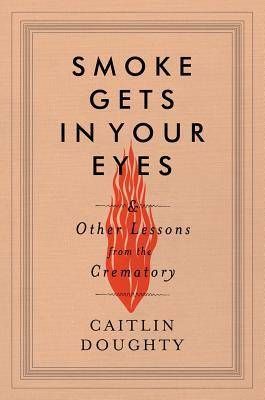
My Kryptonite: Soap Operas
Confession time: When I was in the 8th grade, my parents chaperoned my sister, then in the 5th grade, on a week-long marine biology field trip for school. As I was only about 13 at the time, they let me stay with one of my best grade school friends, Matt, and so for a week I was enveloped in another life. Dinner with Matt’s family, walking home after school with Matt. And, then Matt’s after school ritual, which I could have anticipated, but was about as foreign to me as it would have been to discover that he sacrificed chickens.
It was a little thing called Days of Our Lives.
Yep.
Matt watched Days of Our Lives (“Days,” as the shorthand went) because his mom watched it. And, look, Matt was a cool guy. He had a BB gun and one of those tabletop air hockey games. He had already had girlfriends. So… by that iron-clad logic, watching “Days” was… cool.
Well, OK, I don’t know if was cool, but here’s what it was: freaking addictive.
One week. That’s all it took. One week.
And then, returned to my home, I just had to continue. At first I watched it like I was hiding pornography — rushing upstairs and hunkering down over the 13-inch black-and-white TV with the door closed so my sister wouldn’t know what I was doing. Eventually, I was found out, but it worked out — and I moved to the coveted after school slot on the larger color TV downstairs.
All because I just had to know — had to know — if John Black was really Roman Brady. And if Patch and Kayla would ever just get together al-damn-ready. And if Stefano DiMera was really alive.
I’ve lost you, haven’t I? Wait, let me change that up a minute:
I had to know:
Was Madeline Pryor really Jean Grey?
Would Storm get her powers back?
And… would Colossus and Shadowcat ever just get together al-damn-ready?
I stopped watching “Days” a few years later. I kept reading X-men comics a bit longer. But soon the soapy void was replaced by the debut of Twin Peaks. For all its weirdness, Twin Peaks had a lot of soap opera at its core, and I love the marriage of both aspects.
Years later, when I was developing my own audio drama about a spooky small town full of liars and cheaters, I was not only thinking about the obvious influence of Twin Peaks, I was thinking of Uncanny X-men. I was thinking of “Days.”
I now realize just how successful and powerful that formula was. I’ve heard that Jim Shooter wanted Marvel writers to watch soap operas because of the similarities. And it’s true; in that era comics were most often open-ended serials, and to make long-term serialization work, you have to understand that: a) every issue is someone’s first, and b) the best way to keep readers was to weave together multiple plots so that something is always happening. There’s an art to bringing plot A to a landing, just as Plot B ramps up, even as we start to see the first few hints of Plot C, waiting in the wings.
The first part of the above advice led to comics with a bit of overbearing narration. Read any of those X-men stories in trade collections, and you’ll be inundated with repetitive character introductions.
But the latter part of that advice is something that died off a bit when serialized comics began to focus on the eventual trade collection. Concrete 6-part story arcs were the name of the game. And we got some great stories out of that, but I’m beginning to see a shift back to open-ended serialization — perhaps bolstered by digital reading — and I’m happy to see it returning in some ways.
I don’t read anything that quite captures the soap opera of the late ’80s Uncanny X-men, but there are a few examples that reclaim a bit of it:




















